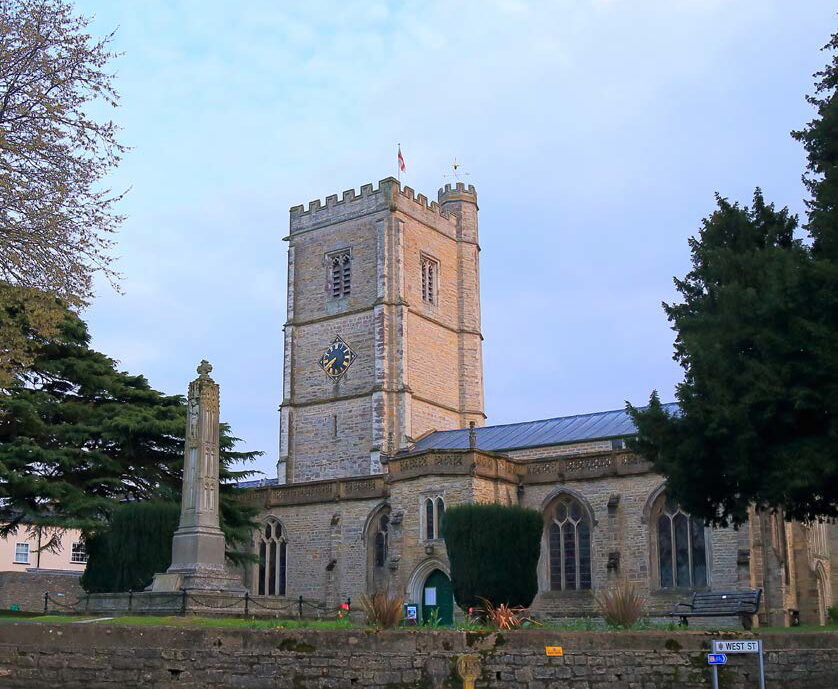A town with a rich history, dating from Roman times to present with a proud industrial heritage.
-
Key Highlights
- Town with a rich history, dating from Roman times to present with a proud industrial heritage
- Home to the world famous brand Axminster Carpets and TV chef Hugh Fearnley- Whittingstall
- A beautiful classic minster market town
- One of the leading pre-minister figures of his time, John Churchill, 1st Duke of Marlborough, was born and lived in Musbury, just 3 miles outside Axminster.
300BC
Axminster lies on two major Roman roads: the Fosse Way from Lincoln to Seaton, and the Dorchester to Exeter road. There was a Roman fort on the crossroads at Woodbury Farm, just south of the present town. Axminster appears on the Peutinger Map, one of only 15 British towns on that Roman era map.
900AD
Axminster was recorded as Ascanmynster...
1086AD
...and in the Domesday Book of 1086 as Aixeministra.
1210AD
A charter was granted to the town that included the right to hold a weekly cattle market which took place in the market square until it was moved to Trinity Square in 1834. It then moved in October 1912 to a site off South Street where it was held for 94 years. It finally closed in 2006 in the aftermath of the 2001 United Kingdom footand- mouth outbreak. A building on the site then continued to be used for a general auction until all of the buildings were demolished and replaced by a housing development.
AXMINSTER
The name means “monastery or large church by the River Axe” and is a mixture of languages; the river name Axe has Celtic origins and mynster is an Old English word.

The Carpet Industry
The history of the town is very much linked to the carpet industry, started by Thomas Whitty at Court House near the church in 1755. The completion of the early hand tufted carpets was marked by a peal of bells from the parish church as it took a great amount of time and labour to complete them. Axminster carpets continue to this day providing carpets for Buckingham Palace, Windsor Castle and other royalty-owned addresses.

The Parish Church
The town was on the coaching route from London to Exeter. In 1760 a coaching inn named The George Hotel was opened on the corner of Lyme Street and Chard Street on the site of an old inn called the Cross Keys that was destroyed by fire in 1759. Over 16 coaches a day would stop at the hotel in its heyday for refreshments and to change horses, the building is now currently under refurbishment. Axminster was on the route
of The Trafalgar Way which is the name given to the historic route used to carry dispatches with the news of the Battle of Trafalgar overland from Falmouth, Cornwall, to the Admiralty in London in 1805 and there is a plaque commemorating this
fact in the town centre.
Part of the parish of Axminster had historically been an exclave of Dorset until the Counties (Detached Parts) Act 1844, when it was fully incorporated into Devon.
